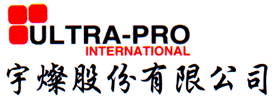Windows-on-ARM platform to join notebook competition in June 2013
Since players such as Nvidia and Qualcomm have been enhancing their ARM-based processors' power consumption and performance, if their processors can successfully pair up with Windows 8 and receive Windows software support, the WoA platform may soon be able to compete against Intel and AMD.
The sources pointed out that players with ARM-based processors are aggressive about WoA platform and are hoping that the platform will be able to raise their share in the tablet PC market as well as help them enter the notebook industry that has been dominated by Wintel.
The ARM CPU players are already aggressively cooperating with notebook players such as Asustek Computer and Lenovo and are set to launch WoA-based notebooks to test the water in mid-2013 with expectations to see the platform take off in 2014 and further grab share from Wintel in 2015 to become the second platform of the notebook market
The sources believe that WoA platform's advantages over low power consumption and price will provide strong competitiveness, but its biggest problems will be software support and cooperation with notebook vendors. If both problems can be resolved, the platform is expected to received strong attention from notebook players, especially second-tier and white-box players.
However, since Intel will also launch its 22nm Ivy Bridge processors that consume less power than previous generation CPUs, have quick response and stronger security and will launch Haswell-based processors in 2013 with even more advanced designs, competition between the two camps will become the main focuses of the Windows 8 generation.

